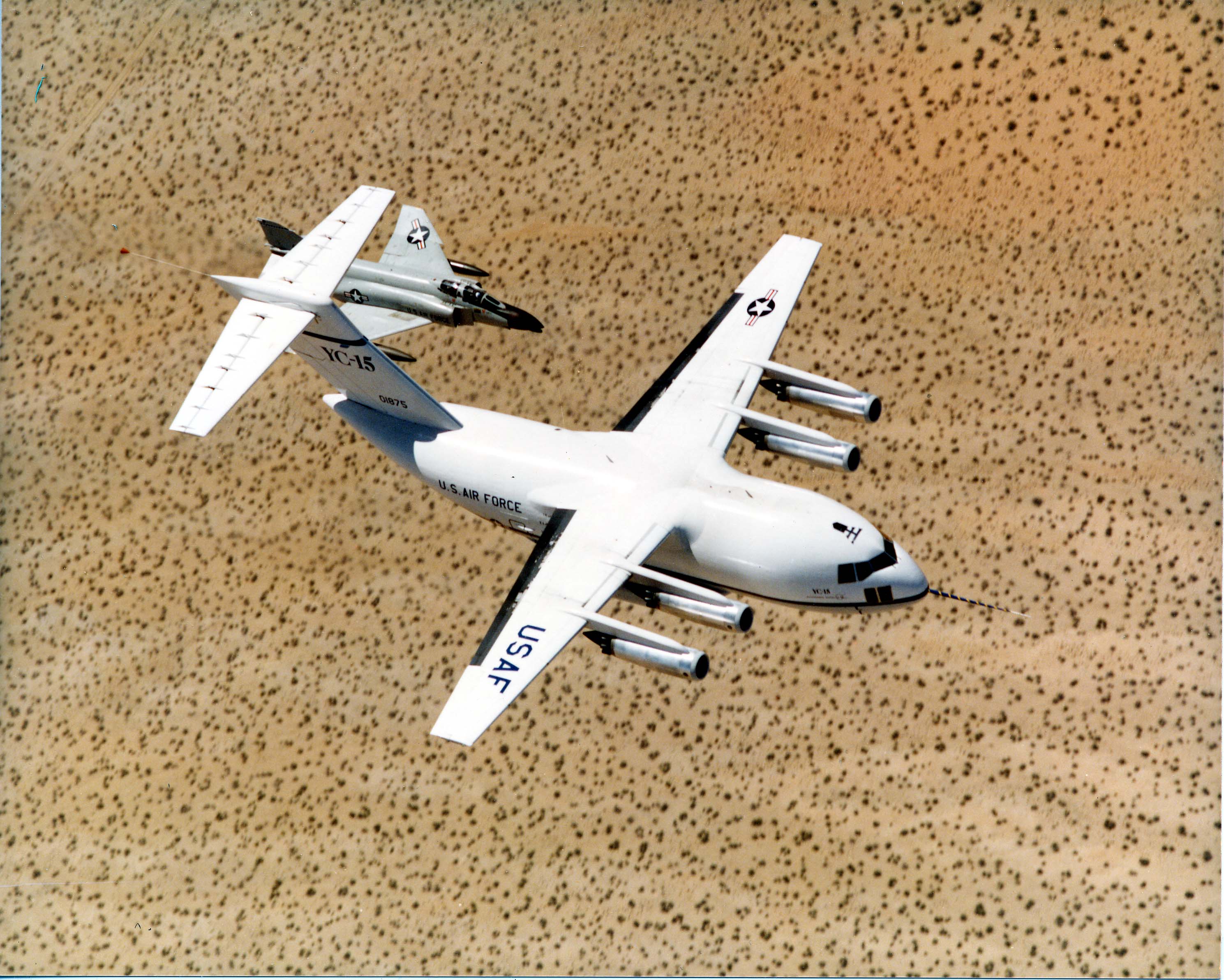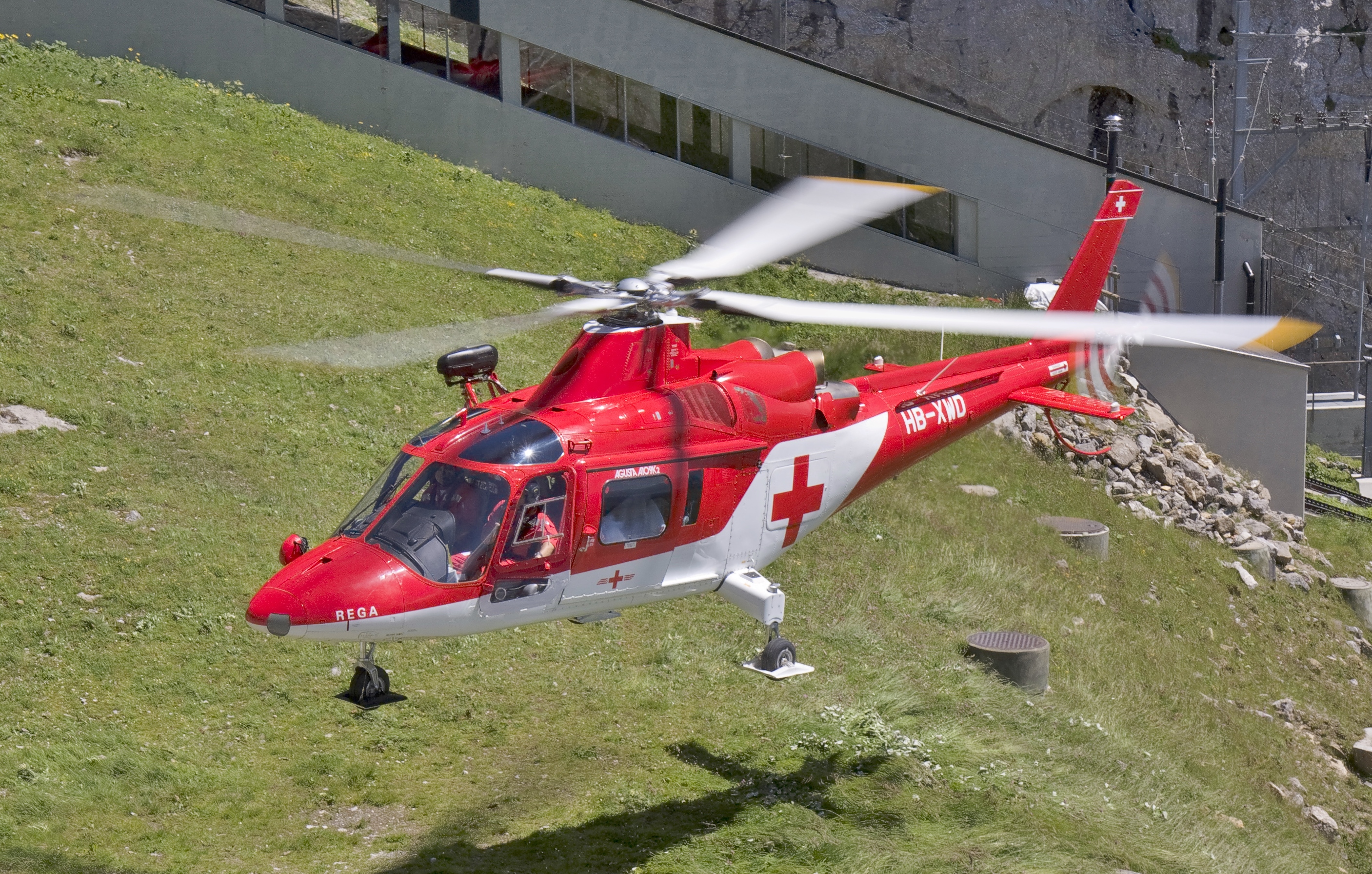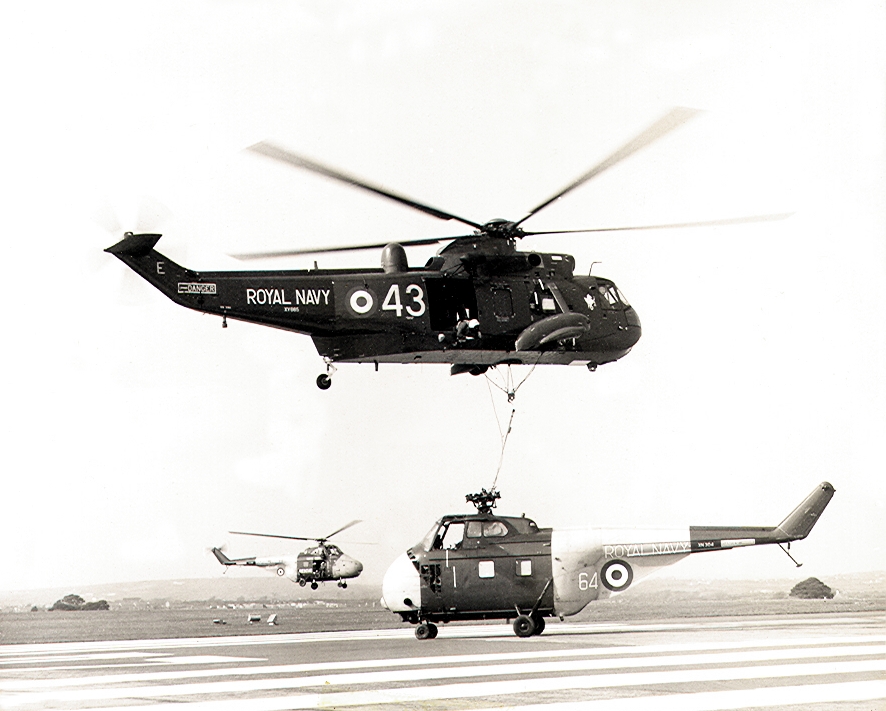|
Operation Queensland Flood Assist
Operation Queensland Flood Assist was a complex, multi-Service activity by the Australian Defence Force (ADF) as a contribution to the response to the 2010–2011 Queensland floods. Coordinated to aid civilian emergency response efforts, at Federal inter-departmental level it was managed by Emergency Management Australia. It comprised units and personnel from the Royal Australian Navy (RAN), Australian Army, and Royal Australian Air Force (RAAF) operating as Joint Task Force 637 (JTF 637). The operation was initially commanded by Colonel Luke Foster, based at Enoggera Barracks in Brisbane. When the ADF commitment was increased, command was transferred to Brigadier Paul McLachlan, Commander of the 7th Brigade, also based in Brisbane. Task force activities were coordinated with the civilian Queensland Recovery and Reconstruction taskforce headed by Major-General Michael Slater. Activities JTF 637 was established on 1 January 2011 to command the ADF units responding to the flood ... [...More Info...] [...Related Items...] OR: [Wikipedia] [Google] [Baidu] |
2010–2011 Queensland Floods
A series of floods hit Queensland, Australia, beginning in November 2010. The floods forced the evacuation of thousands of people from towns and cities. At least 90 towns and over 200,000 people were affected. Damage initially was estimated at around A$1 billion before it was raised to $2.38 billion. The estimated reduction in Australia's GDP is about A$30 billion. As of March 2012, there were 33 deaths attributed to the floods, with a further three people still missing. Three-quarters of the council areas within the state of Queensland were declared disaster zones. Communities along the Fitzroy and Burnett Rivers were particularly hard hit, while the Condamine, Ballone, and Mary Rivers recorded substantial flooding. An unexpected flash flood caused by a thunderstorm raced through Toowoomba's central business district. Rainfall from the same storm devastated communities in the Lockyer Valley. A few days later, thousands of houses in Ipswich and Brisbane were inundated ... [...More Info...] [...Related Items...] OR: [Wikipedia] [Google] [Baidu] |
Boeing C-17 Globemaster III
The McDonnell Douglas/Boeing C-17 Globemaster III is a large military transport aircraft that was developed for the United States Air Force (USAF) from the 1980s to the early 1990s by McDonnell Douglas. The C-17 carries forward the name of two previous piston-engined military cargo aircraft, the Douglas C-74 Globemaster and the Douglas C-124 Globemaster II. The C-17 is based upon the YC-15, a smaller prototype airlifter designed during the 1970s. It was designed to replace the Lockheed C-141 Starlifter, and also fulfill some of the duties of the Lockheed C-5 Galaxy. Compared to the YC-15, the redesigned airlifter differed in having swept wings, increased size, and more powerful engines. Development was protracted by a series of design issues, causing the company to incur a loss of nearly US$1.5 billion on the program's development phase. On 15 September 1991, roughly one year behind schedule, the first C-17 performed its maiden flight. The C-17 formally entered USAF servic ... [...More Info...] [...Related Items...] OR: [Wikipedia] [Google] [Baidu] |
RAAF Base Amberley
RAAF Base Amberley is a Royal Australian Air Force (RAAF) military airbase located southwest of Ipswich, Queensland in Australia and southwest of Brisbane CBD. It is currently home to No. 1 Squadron (operating the F/A-18F Super Hornet), No. 6 Squadron (operating the EA-18G Growler), No. 33 Squadron (operating the Airbus KC-30A), No. 35 Squadron (operating the C-27J Spartan) and No. 36 Squadron (operating the Boeing C-17 Globemaster III). Amberley is also home to Army units making up the 9th Force Support Battalion (9 FSB). Located on , RAAF Amberley is the largest operational base in the RAAF, employing over 5,000 uniformed and civilian personnel. There are a variety of other formations on the base such as training colleges and maintenance areas. Amberley's largest squadron in terms of personnel is No. 382 Expeditionary Combat Support Squadron RAAF (ECSS) providing both garrison and deployed combat support. Amberley was one of only two airfields in Australia (the other ... [...More Info...] [...Related Items...] OR: [Wikipedia] [Google] [Baidu] |
Townsville, Queensland
Townsville is a city on the north-eastern coast of Queensland, Australia. With a population of 180,820 as of June 2018, it is the largest settlement in North Queensland; it is unofficially considered its capital. Estimated resident population, 30 June 2018. Townsville hosts a significant number of governmental, community and major business administrative offices for the northern half of the state. Part of the larger local government area of the City of Townsville, it is in the dry tropics region of Queensland, adjacent to the central section of the Great Barrier Reef. The city is also a major industrial centre, home to one of the world's largest zinc refineries, a nickel refinery and many other similar activities. As of December 2020, $30M operations to expand the Port of Townsville are underway, which involve channel widening and installation of a 70-tonne Liebherr Super Post Panamax Ship-to-Shore crane, to allow much larger cargo and passenger ships to utilise the port. It is ... [...More Info...] [...Related Items...] OR: [Wikipedia] [Google] [Baidu] |
Moreton Bay
Moreton Bay is a bay located on the eastern coast of Australia from central Brisbane, Queensland. It is one of Queensland's most important coastal resources. The waters of Moreton Bay are a popular destination for recreational anglers and are used by commercial operators who provide seafood to market. The Port of Brisbane coordinates large traffic along the shipping channel which crosses the northern section of the bay. The bay serves as a safe approach to the airport and reduces noise pollution over the city to the west of the runway. A number of barge, ferry and water-taxi services also travel over the bay. Moreton Bay was the site of conflict between the Quandamooka people and early European settlers. It contains environmentally significant habitats and large areas of sandbanks. The bay is the only place in Australia where dugong gather into herds. Many parts of the mainland foreshore and southern islands are settled. The waters of Moreton Bay are relatively calm, being ... [...More Info...] [...Related Items...] OR: [Wikipedia] [Google] [Baidu] |
HMAS Huon (M 82)
HMAS ''Huon'' (M 82), named for the Huon River, is the lead ship of the ''Huon'' class of minehunters operated by the Royal Australian Navy (RAN). The first of six ships built by a joint partnership of Australian Defence Industries (ADI) and Intermarine SpA, ''Huon''s hull was fabricated at Intermarine's Italian shipyard, then freighted to ADI facilities at Newcastle for completion. She entered service in 1999. The minehunter was temporarily deactivated for half of 2006, but reactivated for use as a border protection patrol boat, a role alternated with other members of the class. In 2011, ''Huon'' surveyed the waters around Brisbane following the 2010–11 Queensland floods. In 2013, ''Huon'' participated in the International Fleet Review, and became the first minor war vessel to receive the Gloucester Cup. Design and construction In 1993, the Department of Defence issued a request for tender for six coastal minehunters to replace the problematic Bay-class minehunters. T ... [...More Info...] [...Related Items...] OR: [Wikipedia] [Google] [Baidu] |
HMAS Shepparton (A 03)
HMAS ''Shepparton'' (A 03) is a ''Paluma''-class survey motor launch of the Royal Australian Navy (RAN). Design and construction The ''Paluma''-class vessels have a full load displacement of 320 tonnes.Wertheim (ed.), ''The Naval Institute Guide to Combat Fleets of the World'', p. 28 They are long overall and long between perpendiculars, have a beam of , and a draught of . Propulsion machinery consists of two General Motors Detroit Diesel 12V-92T engines, which supply to the two propeller shafts. Each vessel has a top speed of , a maximum sustainable speed of (which gives a maximum range of ), and an endurance of 14 days. The sensor suite of a ''Paluma''-class launch consists of a JRC JMA-3710-6 navigational radar, an ELAC LAZ 72 side-scan mapping sonar, and a Skipper 113 hull-mounted scanning sonar. The vessels are unarmed. The standard ship's company consists of three officers and eleven sailors, although another four personnel can be accommodated. The catamarans were o ... [...More Info...] [...Related Items...] OR: [Wikipedia] [Google] [Baidu] |
HMAS Paluma (A 01)
HMAS ''Paluma'' (A 01) is the lead ship of the ''Paluma''-class survey motor launches operated by the Royal Australian Navy (RAN). Design and construction The ''Paluma''-class vessels have a full load displacement of 320 tonnes.Wertheim (ed.), ''The Naval Institute Guide to Combat Fleets of the World'', p. 28 They are long overall and long between perpendiculars, have a beam of , and a draught of . Propulsion machinery consists of two General Motors Detroit Diesel 12V-92T engines, which supply to the two propeller shafts. Each vessel has a top speed of , a maximum sustainable speed of (which gives a maximum range of ), and an endurance of 14 days. The sensor suite of a ''Paluma''-class launch consists of a Kelvin Hughes 1007 navigational radar and Thales Petrel three-dimensional forward looking active high frequency echosounders. The vessels are unarmed. The standard ship's company consists of three officers and eleven sailors, although another four personnel can be accom ... [...More Info...] [...Related Items...] OR: [Wikipedia] [Google] [Baidu] |
HMAS Leeuwin (A 245)
HMAS ''Leeuwin'' (HS 01/A 245) is the lead ship of the Leeuwin-class survey vessel, ''Leeuwin''-class of hydrographic survey vessels operated by the Royal Australian Navy (RAN). Design and construction ''Leeuwin'' has a displacement of 2,170 tons at full load.Saunders (ed.), ''Jane's Fighting Ships 2008–2009'', p. 33 She is long, with a beam of , and a draught of . Main propulsion machinery consists of four GEC Alsthom 6RK 215 diesel generators, which supply two Alsthom electric motors, each driving a propeller shaft. A Schottel bow thruster is fitted for additional manoeuvrability. Maximum speed is , with a range of at . The sensor suite consists of a STN Atlas 9600 APRA I-band navigational radar, a C-Tech CMAS 36/39 hull-mounted sonar, an Atlas Fansweep-20 multibeam echo sounder, an Atlas Hydrographic Deso single-beam echo sounder, and a Klein 2000 towed sonar. The sonars and echo sounders allow the vessels to chart waters up to deep.Wertheim (ed.), ''The Naval Institute ... [...More Info...] [...Related Items...] OR: [Wikipedia] [Google] [Baidu] |
AgustaWestland AW109
The AgustaWestland AW109, originally the Agusta A109, is a lightweight, twin-engine, eight-seat multi-purpose helicopter designed and initially produced by the Italian rotorcraft manufacturer Agusta. It was the first all-Italian helicopter to be mass-produced."Law Enforcement: Italy." ''Police Aviation News'', No. 175. November 2010. Its production has been continued by Agusta's successor companies, presently Leonardo S.p.A. (formerly , merged into the new |
Westland Sea King
The Westland WS-61 Sea King is a British licence-built version of the American Sikorsky S-61 helicopter of the same name, built by Westland Helicopters. The aircraft differs considerably from the American version, with Rolls-Royce Gnome engines (derived from the US General Electric T58), British-made anti-submarine warfare systems and a fully computerised flight control system. The Sea King was primarily designed for performing anti-submarine warfare (ASW) missions. A Sea King variant known as the Commando was devised by Westland to serve as a troop transport. In British service, the Westland Sea King provided a wide range of services in both the Royal Navy and the Royal Air Force. As well as wartime roles in the Falklands War, the Gulf War, the Bosnian War, the Iraq War and the Afghanistan War, the Sea King is perhaps most well known in its capacity as a Royal Navy Search and Rescue (red and grey livery) and RAF Search and Rescue Force (yellow livery) helicopter. The S ... [...More Info...] [...Related Items...] OR: [Wikipedia] [Google] [Baidu] |
Bushmaster Protected Mobility Vehicle
} The Bushmaster Protected Mobility Vehicle or Infantry Mobility Vehicle is an Australian-built four-wheel drive armoured vehicle. The Bushmaster was primarily designed by the then government-owned Australian Defence Industries (ADI), and is currently produced by Thales Australia following their acquisition of ADI. The Bushmaster is currently in service with the Australian Army, Royal Australian Air Force, Royal Netherlands Army, British Army, Japan Ground Self Defense Force, Indonesian Army, Fiji Infantry Regiment, Jamaica Defence Force, New Zealand Army and the Armed Forces of Ukraine. The role of the Bushmaster is to provide protected mobility transport (or protected troop lift capability), with infantry dismounting from the vehicle before going into action. As the Bushmaster is lightly armoured, the term Infantry Mobility Vehicle (IMV) was initially adopted to distinguish it from a heavier wheeled or tracked armoured personnel carrier, such as the ASLAV and M113 also in ... [...More Info...] [...Related Items...] OR: [Wikipedia] [Google] [Baidu] |









